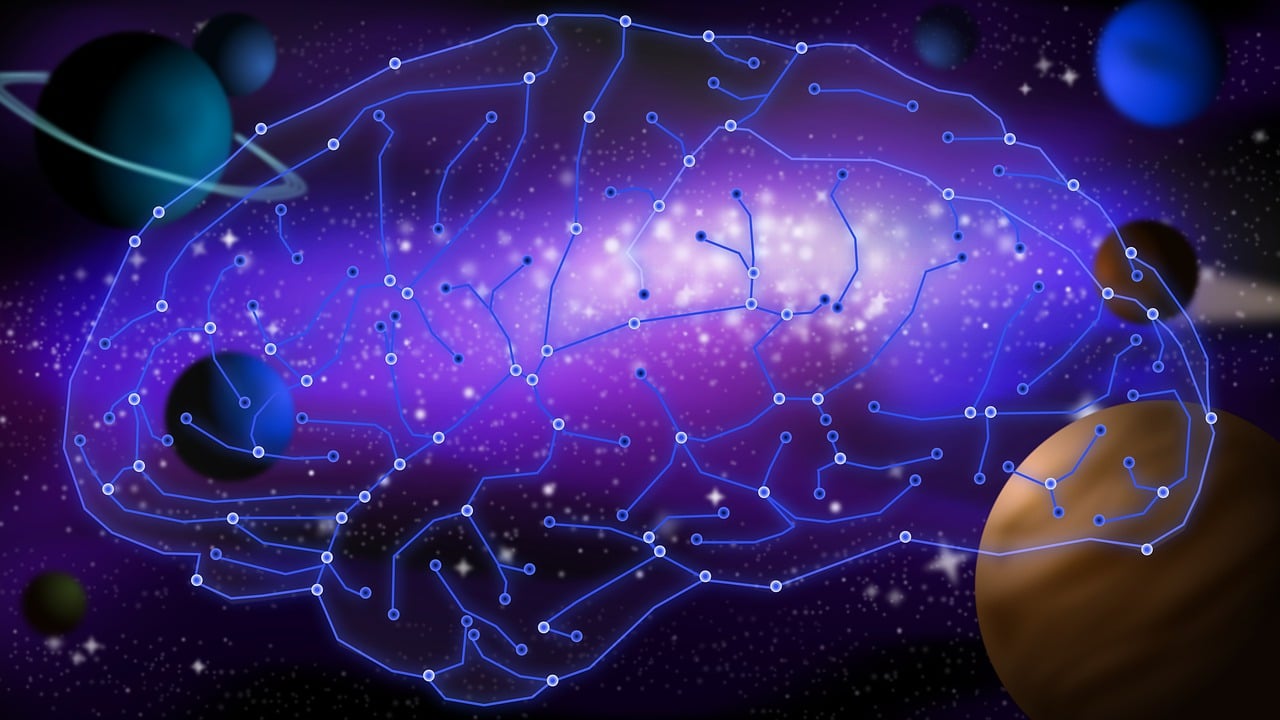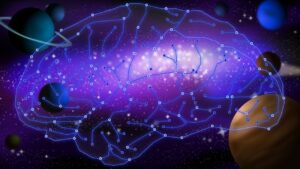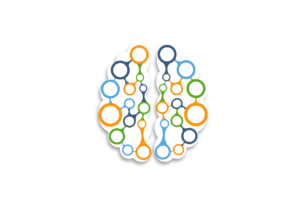How the Brain, Memory, and Beliefs Shape Your Reality
Our brains are constantly interacting with the external world. This process creates patterns of neurons and chemical reactions, which we experience as thoughts, feelings, and memories. A strong emotional experience, like the events of 9/11, imprints a vivid memory because of the chemical changes in the brain.
When a thought and an emotion are repeatedly linked, they form an attitude. When attitudes are reinforced over time, they become a deeply ingrained belief. Because beliefs are rooted in past experiences and feelings, they often create discomfort when challenged. The societal divisions we see today can be viewed as a clash between those who hold on to old beliefs and those who are open to new paradigms.
The Power of Neuroplasticity: You Can Change Your Brain

For a long time, it was thought that the adult brain couldn’t change. This was largely based on studies of individuals in stable, unchanging environments. However, modern science has shown that the brain is far more adaptable than we once believed. New experiences create new neural pathways and can literally change the physical structure of your brain. In our information-rich society, ignorance is a choice; anyone with the will to learn can trigger these profound changes.

People who have undergone personal transformation don’t just “feel better.” Through scientific measurement, we now know that their thoughts alone can create measurable biological changes. The challenge lies in helping people become aware of their subconscious thought and emotional patterns so they can consciously create a new version of themselves.
The Challenge of Analytical Thinking
For true change to occur, we must get past the “analytical mind.” This barrier separates the conscious mind from the subconscious. Once you cross this barrier, you can access your autonomic nervous system and subconscious mind to make lasting changes to your brain and body.
Beliefs are a state of the subconscious mind that accumulate to form your perception. A large portion of your relationships, behaviors, and creativity are influenced by this perception. In one experiment, a participant who wore special glasses that filtered certain colors eventually lost the ability to “see” those colors. This shows that your brain, not your eyes, uses past memories to fill in and shape your perceived reality.
Your Beliefs Are Not Your Reality
Ultimately, we tend to overwrite the present with memories of the past, limiting our future possibilities. But the truth is, a profound shift in your reality can happen by consciously changing your beliefs, attitudes, and emotions. By becoming the intentional architect of your inner world, you can unlock a new reality.
Summary
Our reality is a product of our brains, memories, and beliefs. Beliefs, formed from repeated thoughts and emotions, are stored in the subconscious and shape our perception of the world. Scientific studies show that the brain has a remarkable capacity for change, known as neuroplasticity. We can intentionally create new neural pathways and change our biology by becoming aware of our subconscious patterns and consciously choosing to change them. By overcoming the barrier of the analytical mind and changing our beliefs, we can stop being limited by our past and begin to create a new, desired reality.








